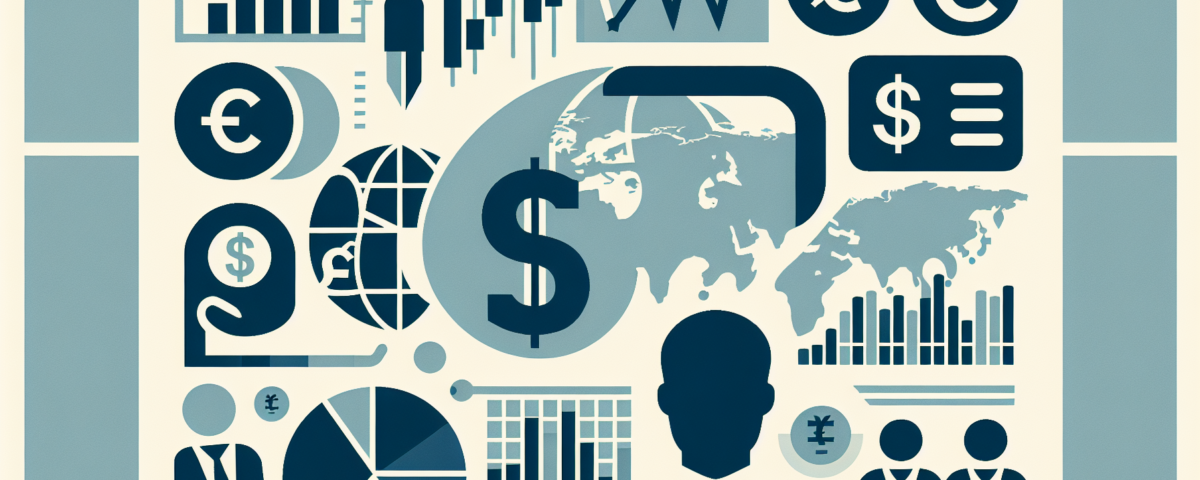
U.S.-China Trade Relations: Navigating the Growing Stalemate
Tháng 4 8, 2025
New York’s Gun Restrictions Affirmed: Implications for Future Firearm Regulations
Tháng 4 8, 2025Australia’s Business Confidence Shows Warning Signs in March 2025
As of March 2025, Australia’s business confidence has taken a notable downturn, with the latest report indicating a decline to -3.0, down from -1.0 in the previous month. This shift reflects growing unease among businesses, largely driven by escalating global economic uncertainties and rising trade tensions. As businesses grapple with these challenges, understanding the broader market landscape becomes essential for stakeholders across various sectors. For those interested in how value investing strategies can help navigate these uncertain times, consider reading about the enduring relevance of value investing in this blog.
Market Review: A Tumultuous Month for Equities
March witnessed a bearish trend in Australia’s equity markets, mirroring a similar pattern observed in the United States. The S&P/ASX 300 Accumulation Index dropped by 2.50%, indicative of rising interest rates and escalating geopolitical tensions affecting investor sentiment. Meanwhile, the US S&P 500 experienced a significant plunge of 6.16%. An additional concern is the uptick in bond yields; the Australian 10-year bond rate climbed by 13 basis points to reach 4.42%. This combination of declining equity markets and soaring bond yields signifies a precarious financial climate, prompting concerns about the potential repercussions for economic growth. Investors navigating such adversities ought to review key investment mistakes to avoid in the current economic landscape.
Consumer Confidence: A Glimmer of Hope Amidst Uncertainty
Contrasting the dip in business confidence, Australian consumer confidence exhibited a modest uptick in early April, with the ANZ-Roy Morgan Consumer Confidence index rising by 1.5 points to 86.8. This increase in consumer sentiment can be attributed to an underlying optimism about the future performance of the economy. Nevertheless, this optimistic view is complicated by the recent plunge in consumer sentiment. According to the Westpac-Melbourne Institute, sentiment dropped to a six-month low in April, primarily fueled by apprehensions relating to tariffs and market volatility. This divergence between consumer and business confidence reflects the complexities of the current economic landscape, where consumers may remain hopeful while businesses exercise caution. For insights on avoiding common investment pitfalls during these turbulent times, stakeholders can refer to this blog.
Economic Outlook: The Path Ahead for Australia
The Reserve Bank of Australia (RBA) has opted to maintain its cash rate at 4.10% during early April, a critical decision amid rising economic uncertainty. However, discussions around potential rate cuts in May are gaining traction as the RBA assesses global economic conditions. A significant factor in this equation is the trade tensions, particularly between the US and China, which pose a considerable risk to Australia’s export sector and overall economic growth prospects. These geopolitical dynamics are expected to weigh heavily on the RBA’s upcoming monetary policy decisions, as the Bank seeks to bolster economic stability amidst external pressures. Understanding the context of trade tensions, particularly actions by China, can be insightful; hence, referring to this blog may provide valuable perspectives.
Conclusion
In summary, the state of business confidence in Australia appears precarious as of March 2025, shaped by rising global economic concerns and escalating trade tensions. While recent consumer confidence figures suggest some resilience, the overall market landscape remains fraught with challenges, demanding keen vigilance from businesses and policymakers alike. The interplay between consumer sentiment and business confidence, coupled with the monetary policy decisions expected from the RBA, will be pivotal in shaping Australia’s economic trajectory in the months ahead. Stakeholders must navigate this multifaceted environment with caution and strategic foresight as they brace for the potential impacts of ongoing geopolitical and economic shifts.

